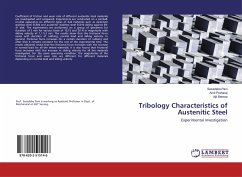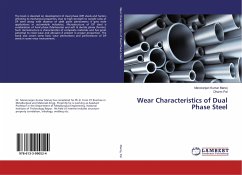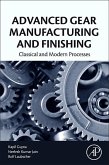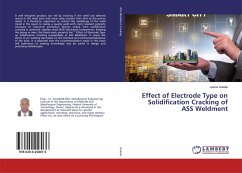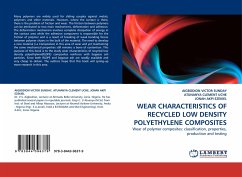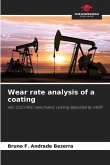Coefficient of friction and wear rate of different austenitic steel materials are investigated and compared. Experiments are conducted on a pin/ball-on-disk apparatus on different types of ball materials such as austenitic stainless steel SS304 and austenitic stainless steel SS316 sliding against EN-31 disk. The experiments are performed on a group of specimens for duration of 5 min for various loads of 10,15 and 20 N in magnitude with sliding velocity of 1,1.5,2 m/s. The results show that the frictional force varies with duration of rubbing, normal load and sliding velocity. In general, frictional force increases for a certain duration of rubbing and after that it remains constant for the rest of the experimental time. The results obtained reveal that the frictional force increases with the increase in normal load for all the tested materials. It is also found that frictional force increases with the increase in sliding velocity for all the materials investigated. For the same operating condition, the magnitudes of the frictional force and wear rate are different for different materials depending on normal load and sliding velocity.
Bitte wählen Sie Ihr Anliegen aus.
Rechnungen
Retourenschein anfordern
Bestellstatus
Storno

